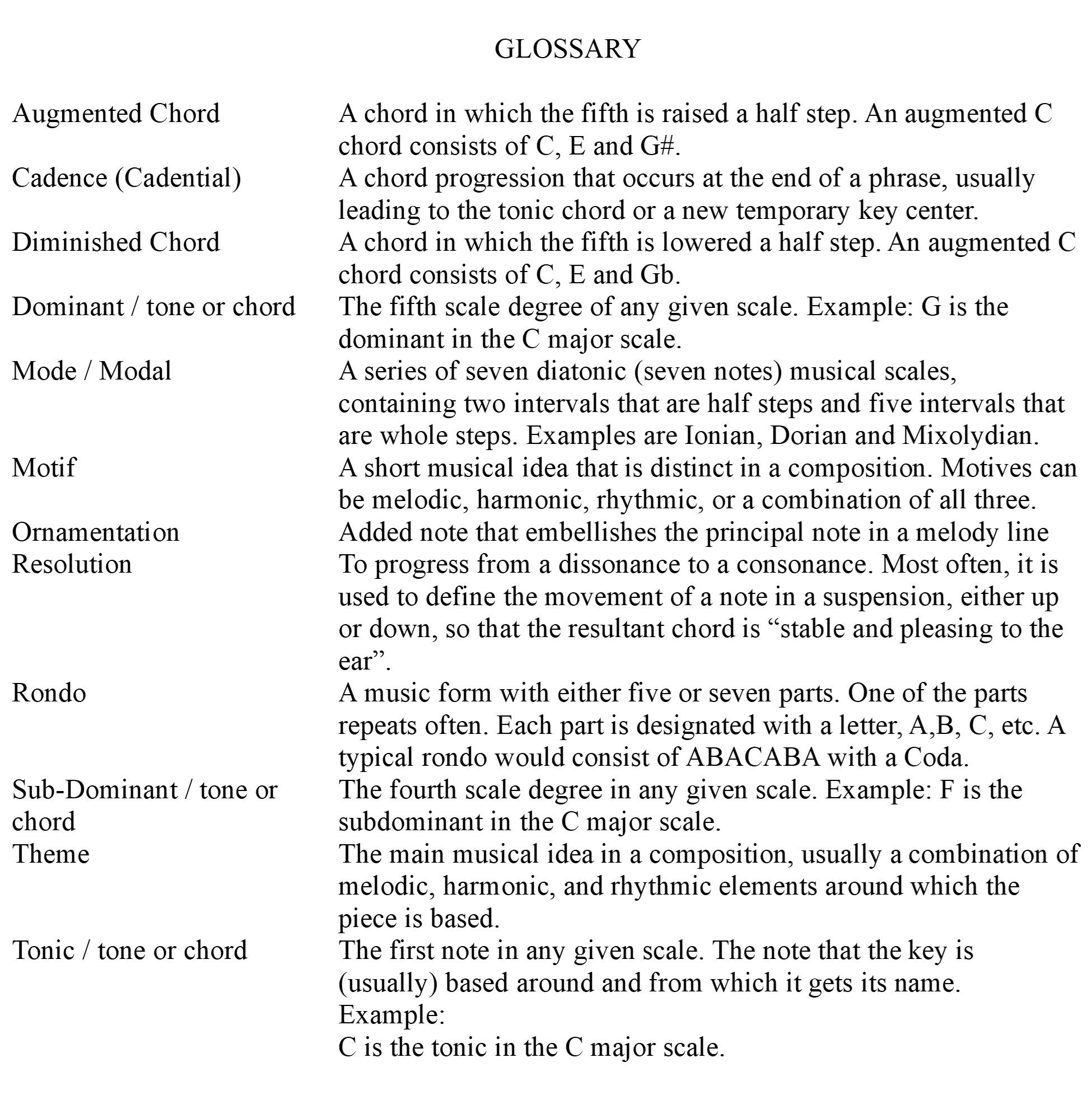Anatomy of a Composition – Amazing Grace for Choral Ensemble
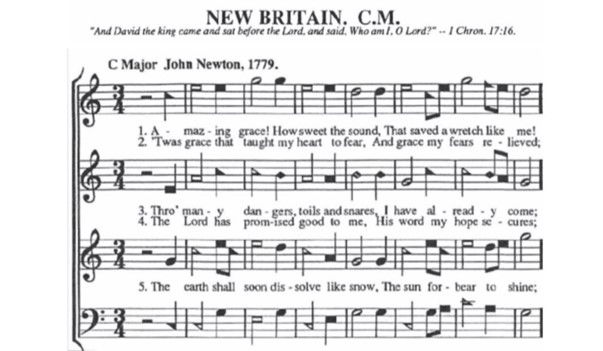
The “Anatomy of a Composition” series of articles is for anyone interested in the composition process, or for Music Theory teachers and students. These articles will supply enough information to understand the basic elements of the song, while allowing for independent study of the particulars of each element. If you need more information, please Contact Us. We’re always glad to help people learn about composing and arranging.
This article contains some technical music theory terms. If you need help remembering a term or two, there is a glossary of terms at the end. There may be more definitions than you need.
This time we’ll be looking at two arrangements of Amazing Grace for SATB Choral Groups. These arrangements are quite out of the ordinary so, before we start examining them, please take a listen to them. You’ll discover that there are no lyrics in the recordings; the computer had to “sing” them. I’ve renamed them; How Sweet the Sound is an A Capella rendering in 4/4. It sounds somewhat like an Appalachian hymn. Now I See is an is an intriguing treatment of Amazing Grace in 5/4 time.
Here are the links for each one. They take you to the Main Choral Page and in each description is a music sample on YouTube with the music scrolling behind, a separate Print Music Sample and a link to order the piece. How Sweet the Sound. Now I See.
As of this writing, I can offer these for free to a choral group who would not only like to sing them, but who would also record them for me so that I can have a demo and for advertising purposes. Your group would get credit any time the recording is used.

John Newton, an English slave trader-turned-minister wrote the words to Amazing Grace. Newton mocked religion during his early days. He spent quite a bit of time on the ocean as a slave trader. However, he experienced a close call with death experience that changed his life. While sailing off the coast of Buncrana, Ireland in 1748, Newton’s ship was caught in a violent storm. The storm must have been truly life-threatening because he prayed that the ship and crew would be saved. It was then time for a change in watch, and after another member of the crew replaced him on the deck, that man was washed overboard and drowned. Newton and the rest of the crew survived the storm and made it safely to land. For Newton, the salvation of the ship and crew ignited a spiritual awakening.
During the following years, he would continue as a slave trader for a while, then retired from that and became a minister and an active abolitionist. He wrote the words to what would become the famous hymn in 1773 as an illustration to a sermon that he gave. No one knows the origin of the music that was used for the hymn the first time it was sung, nor does anyone know the origin of the music we use today, which is a traditional English tune called New Britain.
New Britain is a pentatonic tune, meaning that it uses only five notes in the scale. In the key of G, which is the key that the New Britain tune is in, those notes are g, a, b, d and e. It doesn’t matter if they are spread over different octaves. This makes it a great melody whether sung by a large choir or as an Appalachian style ballad song. Judy Collins recorded it just that way with no accompaniment of any sort.
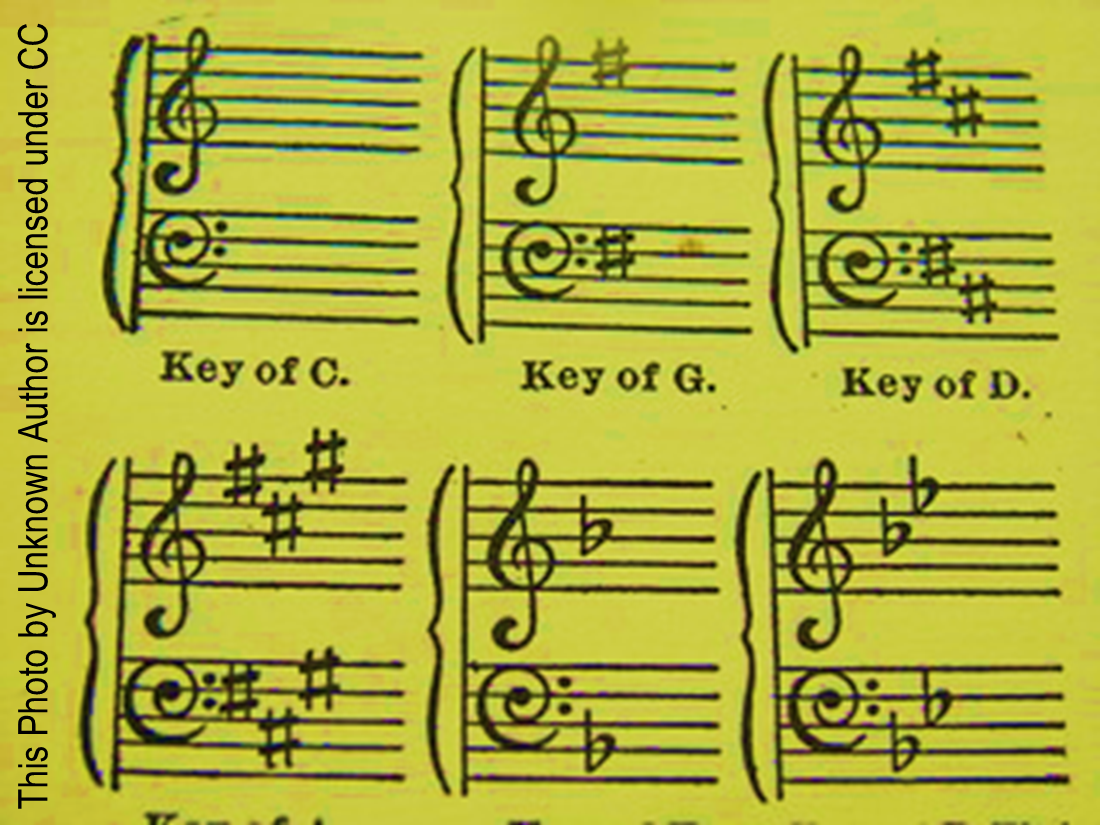
The Arrangement Details
Key Choice: Both arrangements of AmazingGrace are in the key of G major. I chose this key because the original melody is in that key, and because that key has proven to be the one that allows most people to be able to sing it with gusto. It also provides for both close and spread harmonies, which allows for more variations of each arrangement.
Time Signature Choice: Both arrangements started out as an academic exercise and demonstrations of what an arrangement in each style might be. There was only half a verse of each song for the demos. As I promoted the samples, I was led to turn them into full-scale arrangements. How Sweet the Sound was written in 4/4 so that it could be presented with its style of call and response, very popular in the old Appalachian regions of the U.S. I was also inspired by the shaped-note tradition of New England that was prominent there during the 18th and 19th centuries.
Now I See was written as a light jazz piece. That’s why I chose to write it in 5/4 to add an extra jazz element to it.
Chord Structure:
For How Sweet the Sound – The very first chord structure for Amazing Grace was painfully simple; it had basically two chords plus the fleeting appearance of the dominant at the end. Some time around the middle of the 20th century, an arranger added a few extra chord changes that made the song much more appealing, especially the use of the dominant at the end of first half of the hymn. The chords for How Sweet the Sound are basically those. There is a brief use of a plagal cadence at the end of the first verse, a couple of measures for a key shift and the brief appearance of the relative minor for a few bars in verse three.
Unlike many other pieces by Salt Cellar. the variations in this piece aren’t the chord progressions, but the rhythms and use of the different parts for the verses. The relative simplicity and familiarity of the chords also helps the listener be able to stay connected to the other elements of interest.
For Now I See – The chords for this arrangement vary from verse to verse.
- The chords in the first verse are of an ascending shape and include a couple of modal insertions and a suspension. (G, Bm, C, D7, Em, G, Bb, D, …)
- The chords for the second verse are copied from an old arrangement that I had done while in high school for our Christian rock band to play. They are a basic G, Em, C, D as are found in a majority of 50s and 60s music.
- The chords for the third verse strongly resemble the chords in the original music. The emphasis is on the stark, hollow feel of the melody and harmony, which points up the lyrics in that verse.
- There is a key change up a whole step to A major. Then, the chords for the fourth verse are a repeat, in form, of the first, with the ascending shape. The feeling from them is a little more jazzy and adds to the emotion of the last verse.
Although the original lyrics have more verses than what I used here, I chose these because they seem to be the most familiar. The fourth verse is actually not part of the original lyrics, but, as it seemed to be more of a folk song to many people, some other verses were added, this fourth one also for its familiarity to people.
Form and Description: For both songs, except for a few places where I used a fill part to change mood, introduce a new style or change key, the forms are basic four-bar phrases, as the original is. The emphasis, once again, is on the different time signatures I used or the different coloring and style being presented.
As in any good choral piece, the melody is not reserved only for the sopranos, nor does the harmony contain all of the remaining parts. I rarely use single parts for the melody, but alternating duets can keep a piece interesting. I sometimes used soprano and tenor, or alto and bass parts for duets because of the similarity of color. Conversely, to create a contrast, I used either soprano and bass, or alto and tenor parts.
Secrets: There are some hidden musical devices in these songs. Both of them contain parts where some of the voices are singing the same words, but not at the same time. In the snippet of How Sweet the Sound, below, you’ll see that the tenors and basses sing more of an organum part; the words they sing are fewer, but they align with the sopranos and altos as they sing melody and harmony.
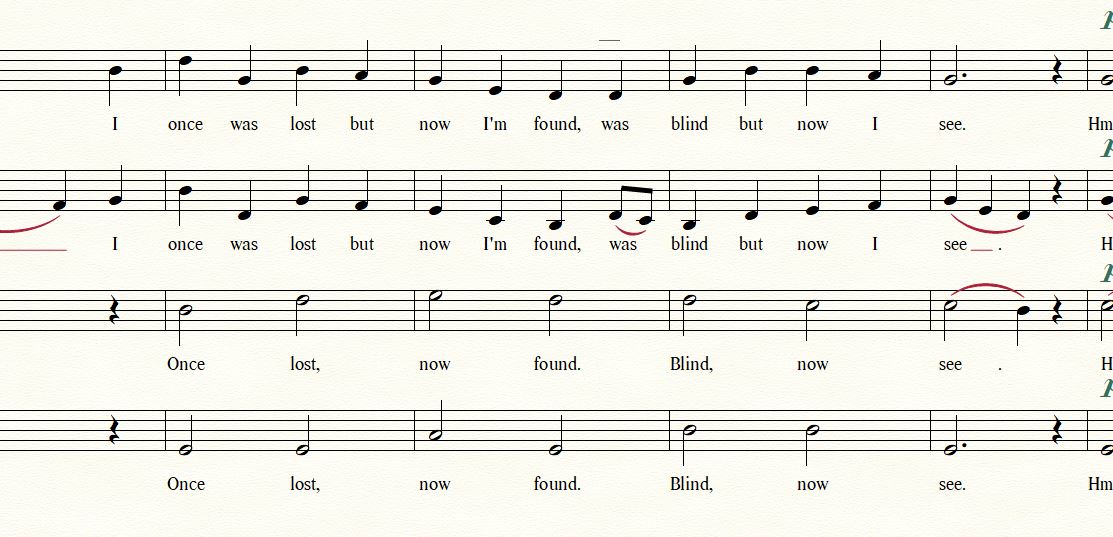
In the next snippet of the same song, you’ll see that the tenors have the melody, the basses sing mostly homophonically, but the sopranos and altos are singing a sort of echo part, adding a nice layer of complexity to the song.

Below is a snippet of Now I See. In it, the sopranos have the melody, the basses are singing homophonically to maintain a strong foundation, but the altos and tenors begin with the others but then skip a beat before catching up lyrically.

Here’s one more snippet of Now I See in which the first beat of the melody is not in its usual place as a pick-up note. The timbre of the lyrics is a little different and the application of the lyrics matches that timbre.
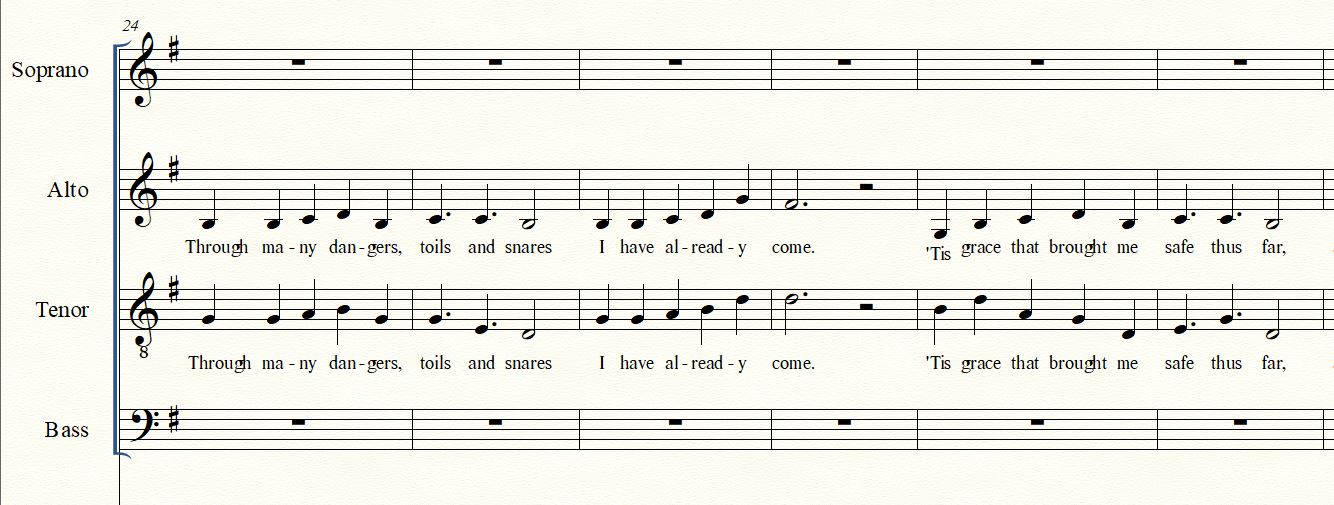
In Conclusion, I offer these variations to this classic Christian hymn by overlaying it with some other American music traditions, i.e., the shape-note singing style and a jazz style. Of course, no offence was ever intended. These two arrangements not only make great choral pieces to perform, but also make great pieces for analysis in a music theory class.
Salt Cellar Creations has a growing library of original works and arrangements that not only sound great when your ensemble plays them, but are equally suited to music theory analysis. Find out more about the available music Salt Cellar Creations HERE.
SCC can also compose an original piece for you or do a custom arrangement for you. There are two ways that this can be done; one is much more affordable than the other. And SCC is always looking for ideas of pieces to arrange or suggestions for original pieces.
We have sold music not only in the US but in Canada, the United Kingdom, France, Australia, New Zealand and Austria. Please visit the WEBSITE or CONTACT US to let us know what we can do for you!
